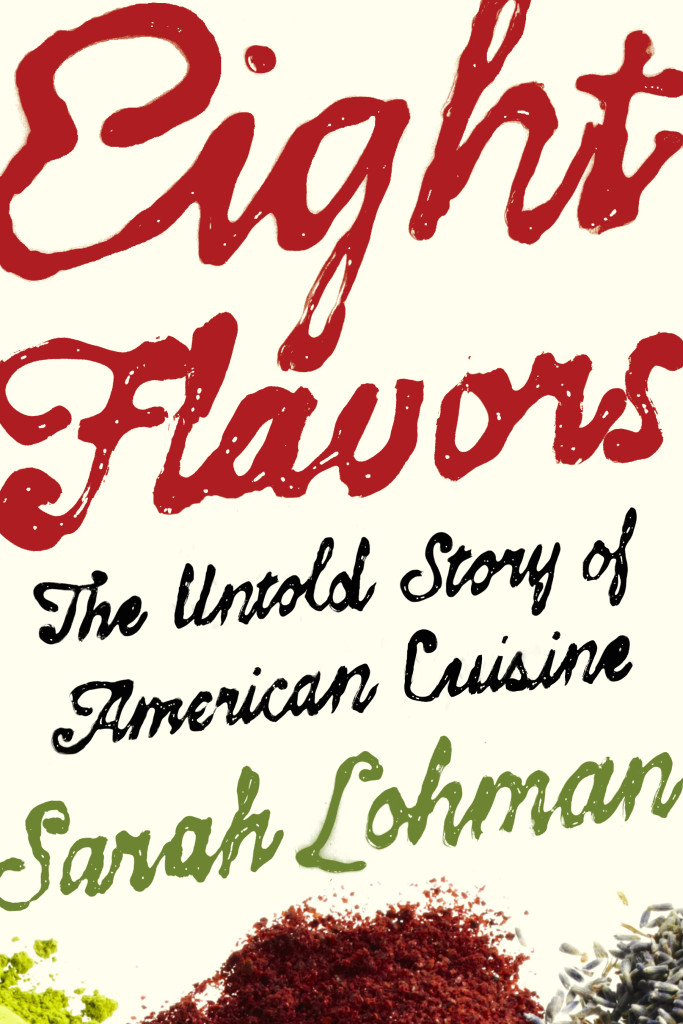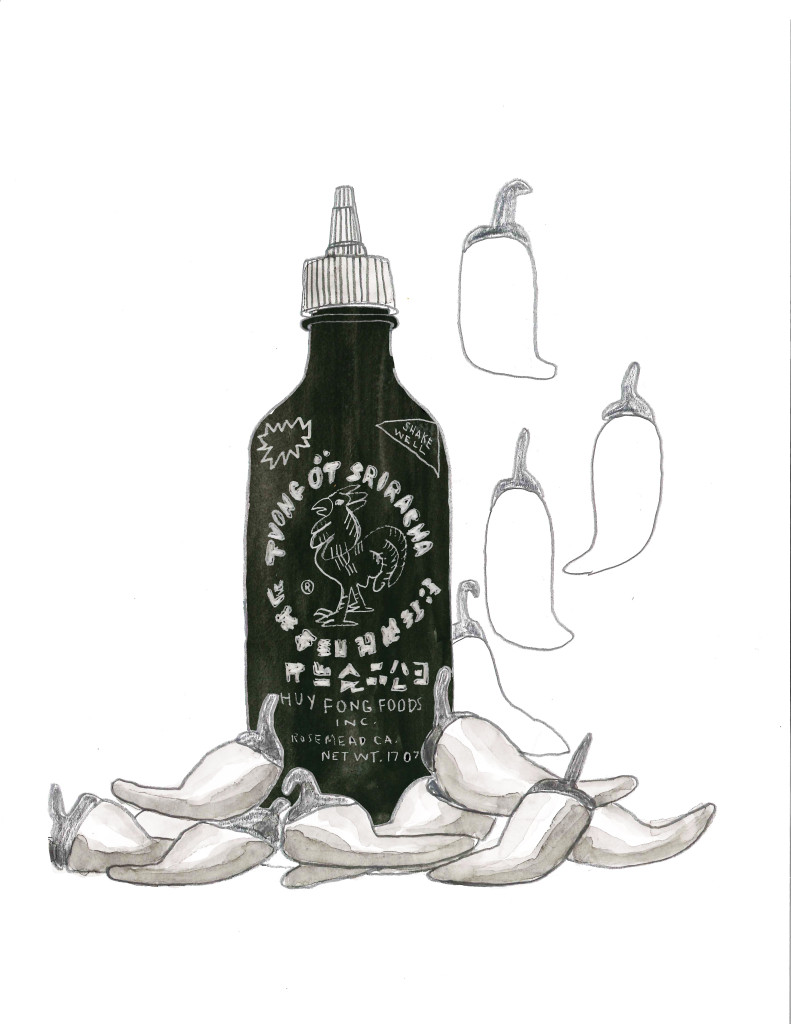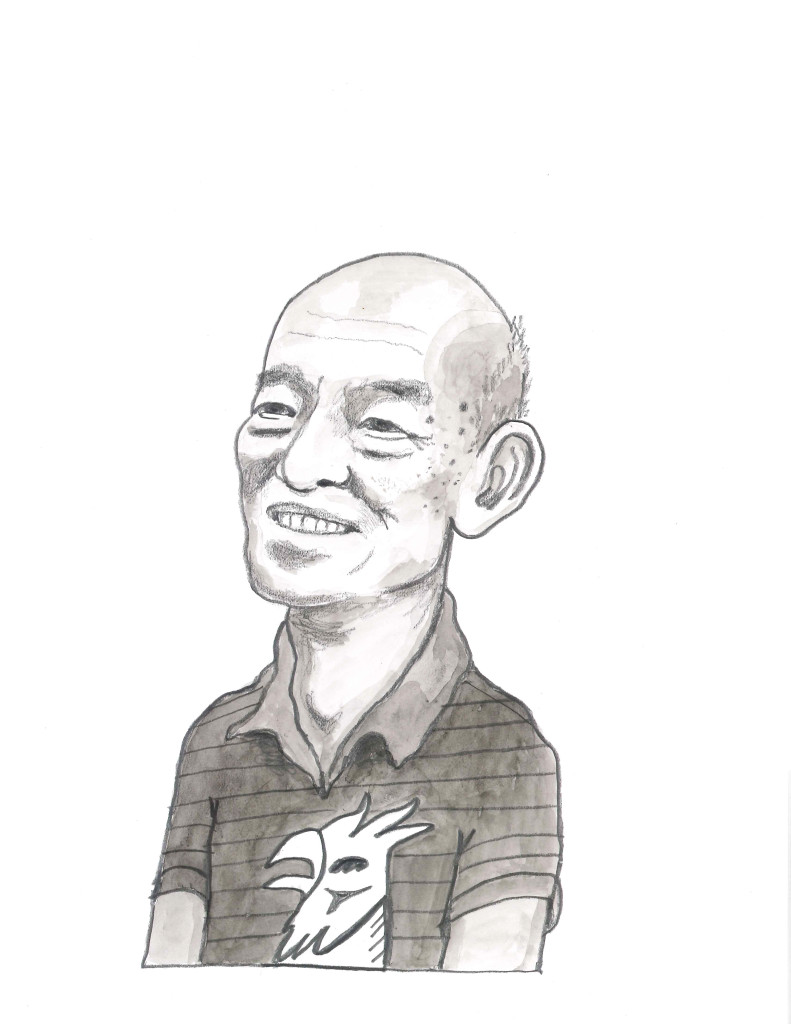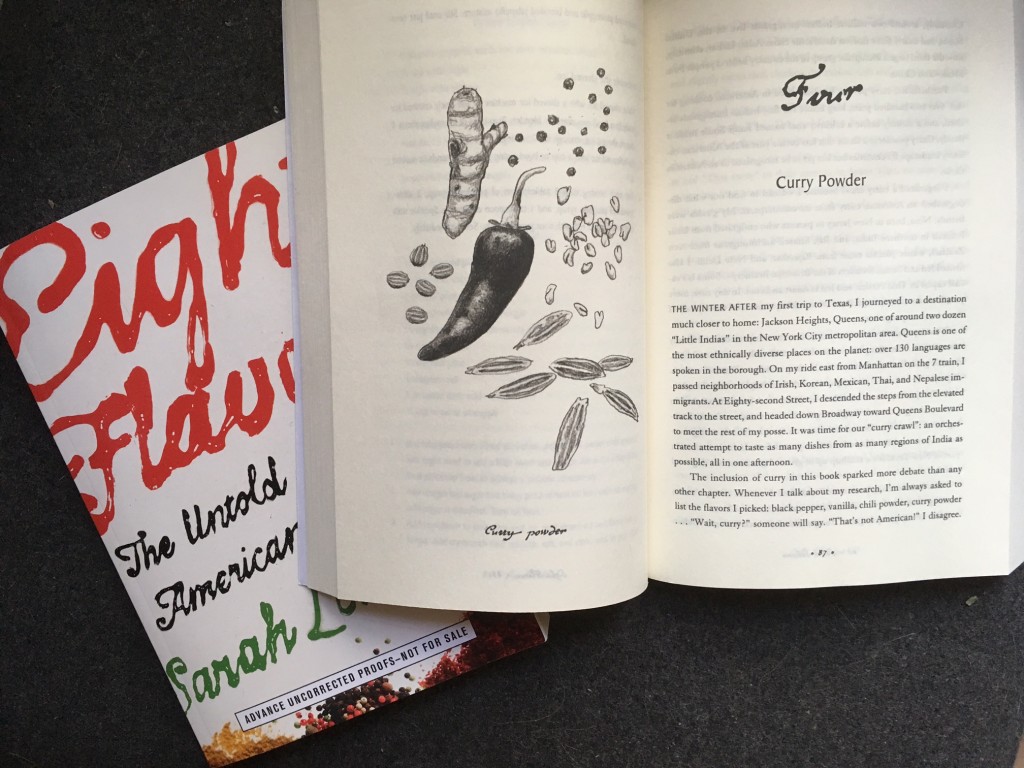Happy Thanksgiving, everyone. I wanted to publish a brief excerpt from my book I’ve had on my mind a lot recently. It’s the close of my chapter on Chili Powder:
I think it’s important to remember that chili, and the people who first
cooked it, were both Mexican and American. While reading up on the
1967 Chili Cook-Off, I stumbled across an article published the same day
as the competition in the Corpus Christi Caller-Times about a Republican
state senator named Henry Grover. With November elections just around
the corner, Grover outlined several issues he thought the Republicans
should emphasize in their campaigns. Grover felt that schools with a sizable enrollment of Mexican students should offer courses in Spanish and
Mexican history. “The people in New England are tremendously proud of
Plymouth Rock in 1621 [sic],” he said. “Mexicans also have a ‘tremendous
heritage in which they can feel proud.’ ”When the article was published, Americans were not just thinking
about the coming elections, but about Thanksgiving, too. When I consider
this holiday, it’s easy to see why American culture often focuses on the Colonial hearths of New England: Pilgrims and Plymouth Rock, cranberry
sauce and pumpkin pie. But while the English immigrants celebrated the
end of their first year in Plymouth, Spanish immigrants were establishing
missions in what is today the American Southwest. When Texas became
part of the United States, the people that lived there had a culture that became a part of the American story, just like the Mayflower. A bowl of chili, drawn from Mexican heritage, influenced by the Germans, and made famous in the state of Texas, is a true American dish.






